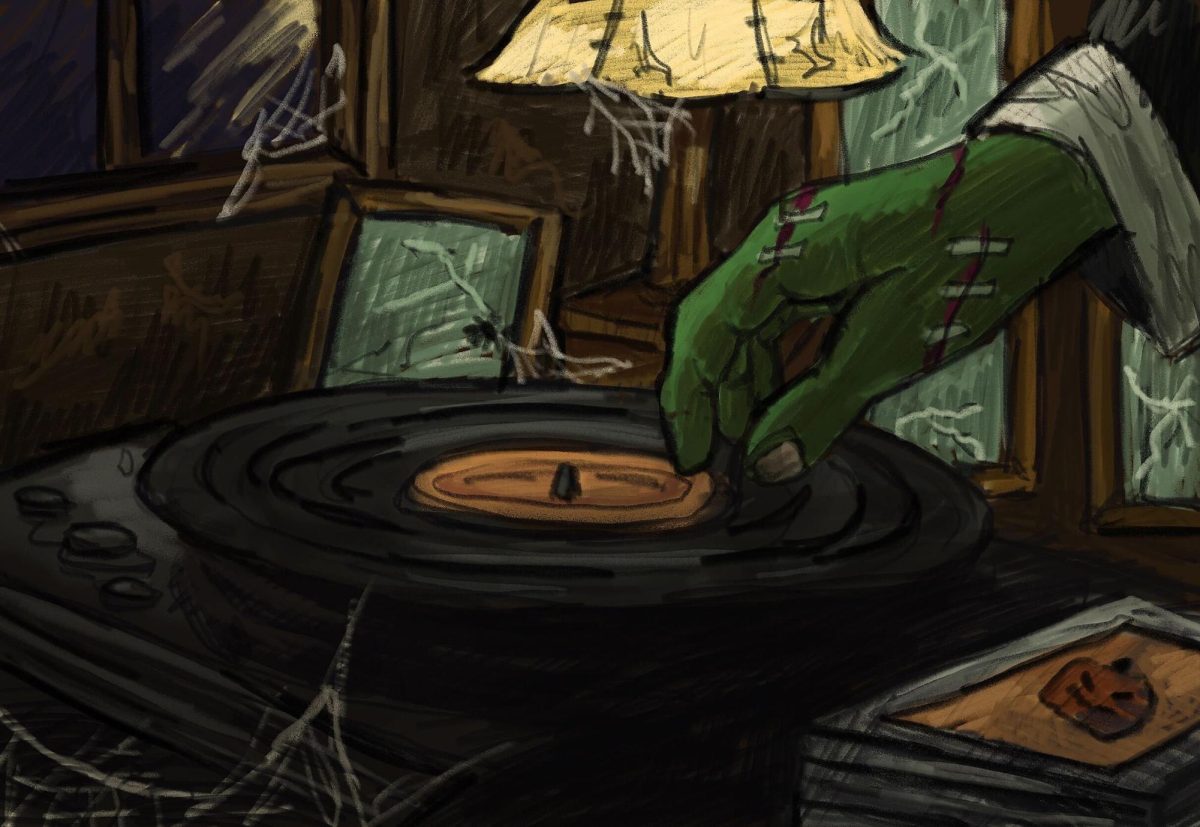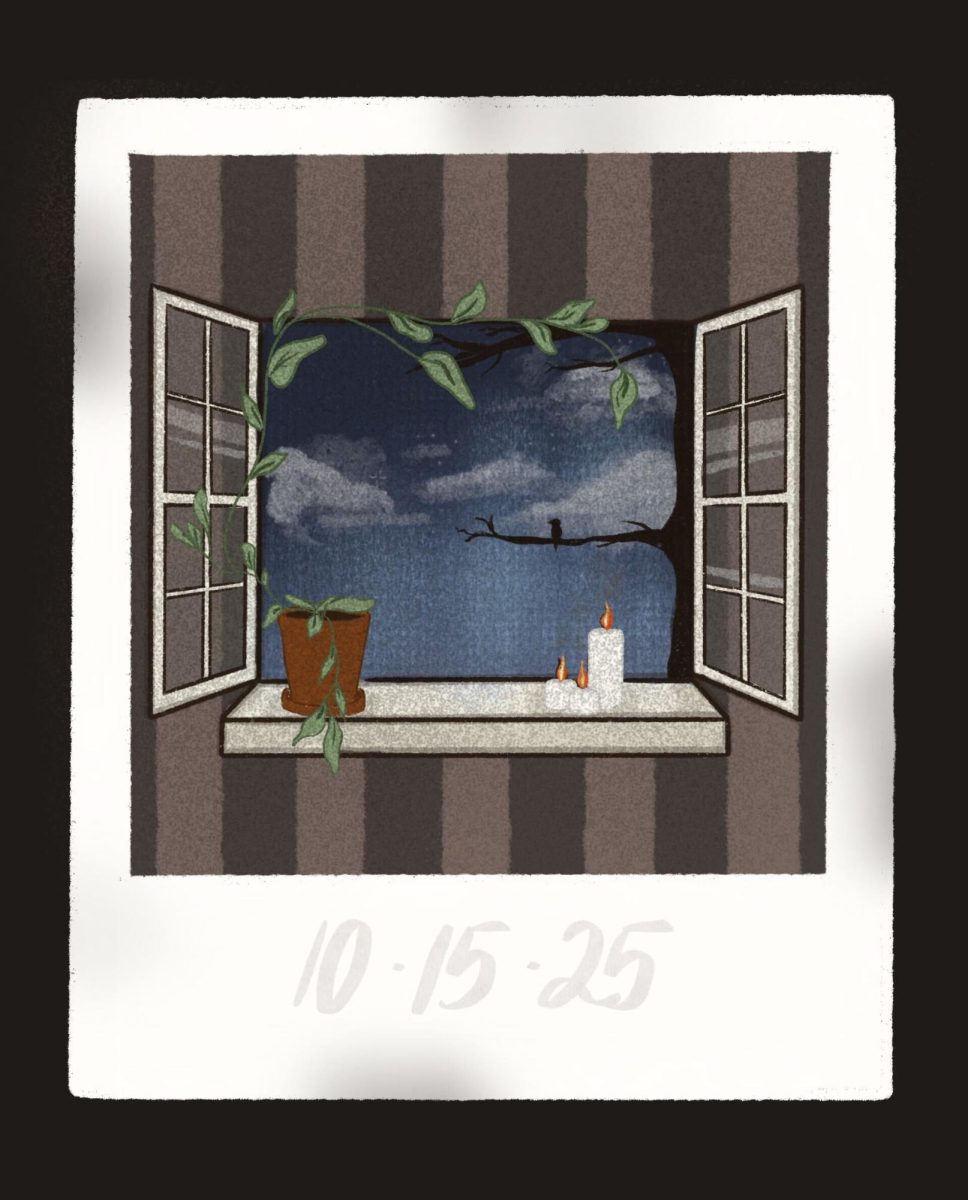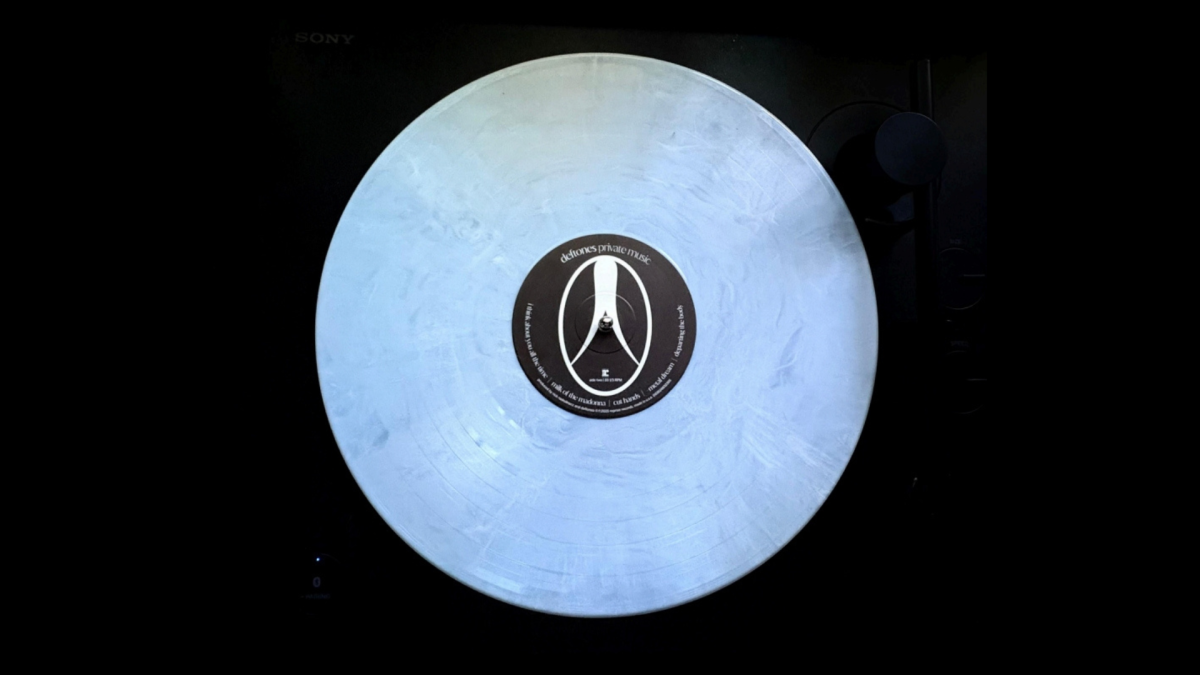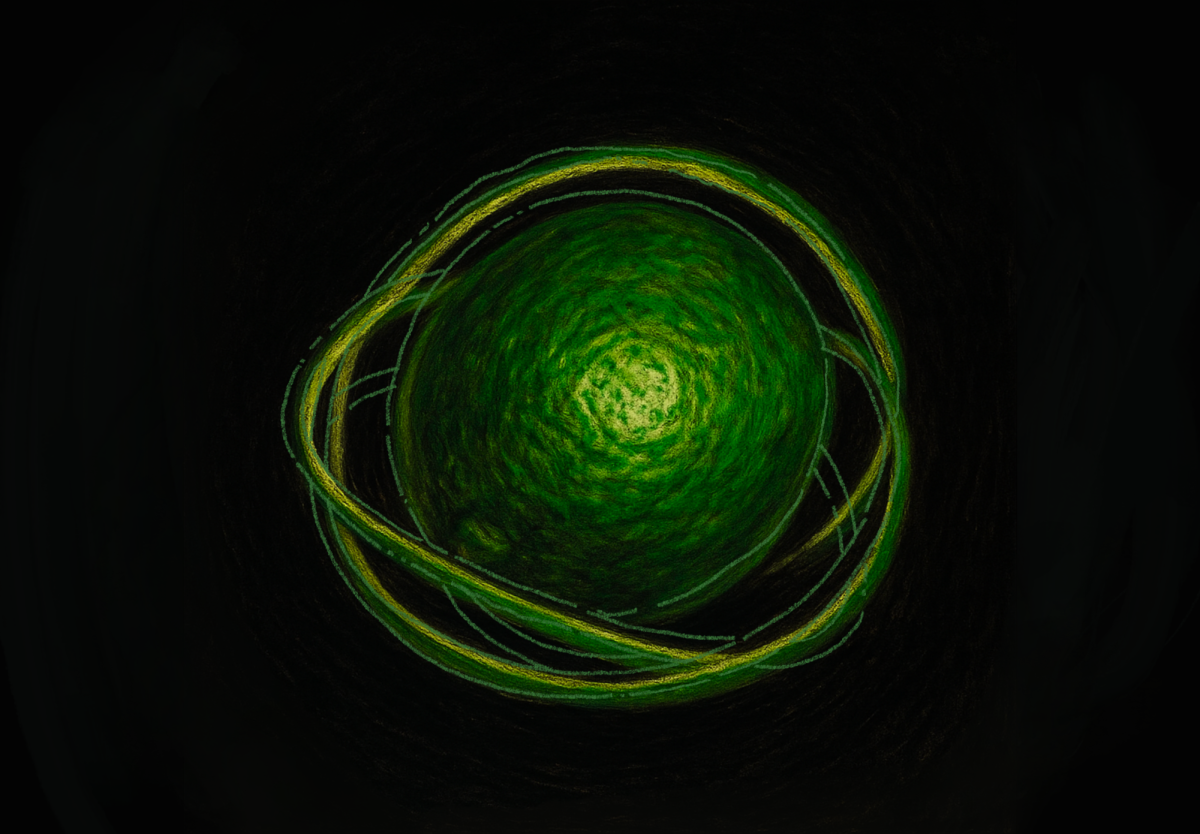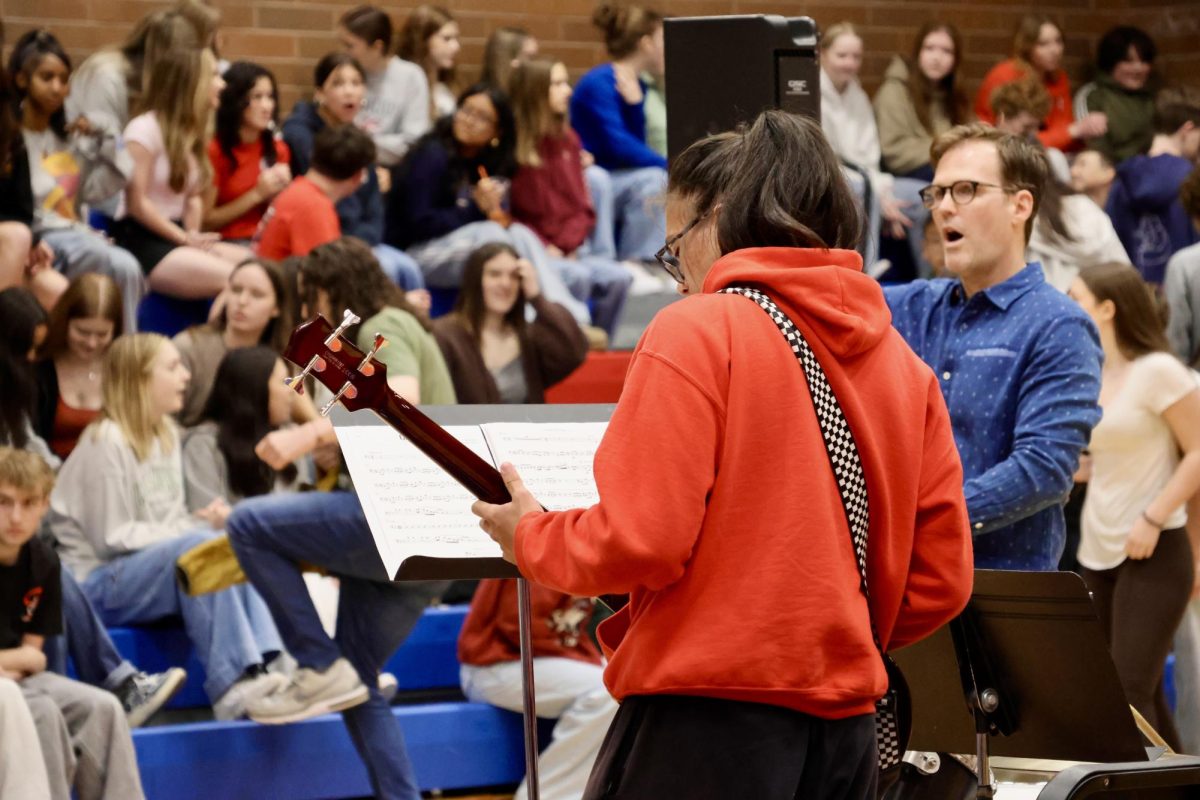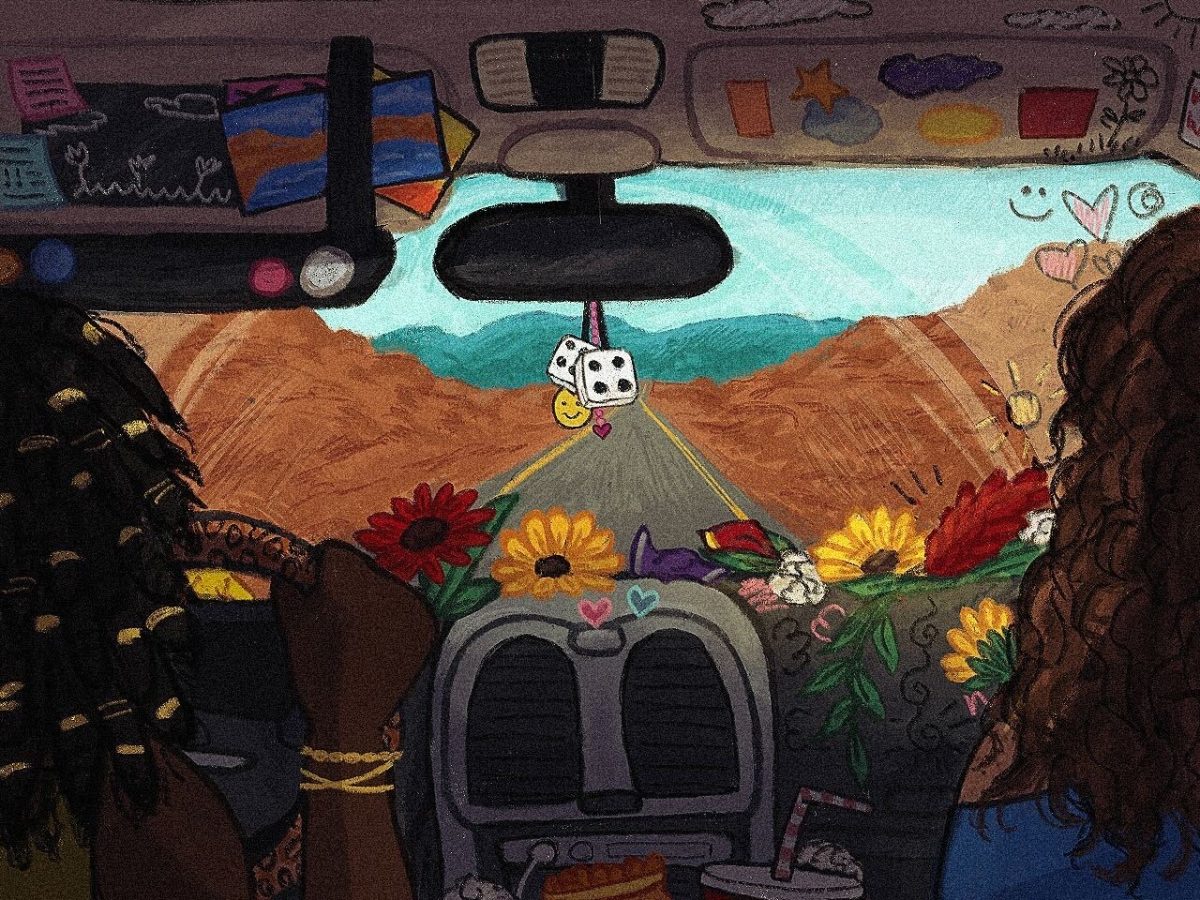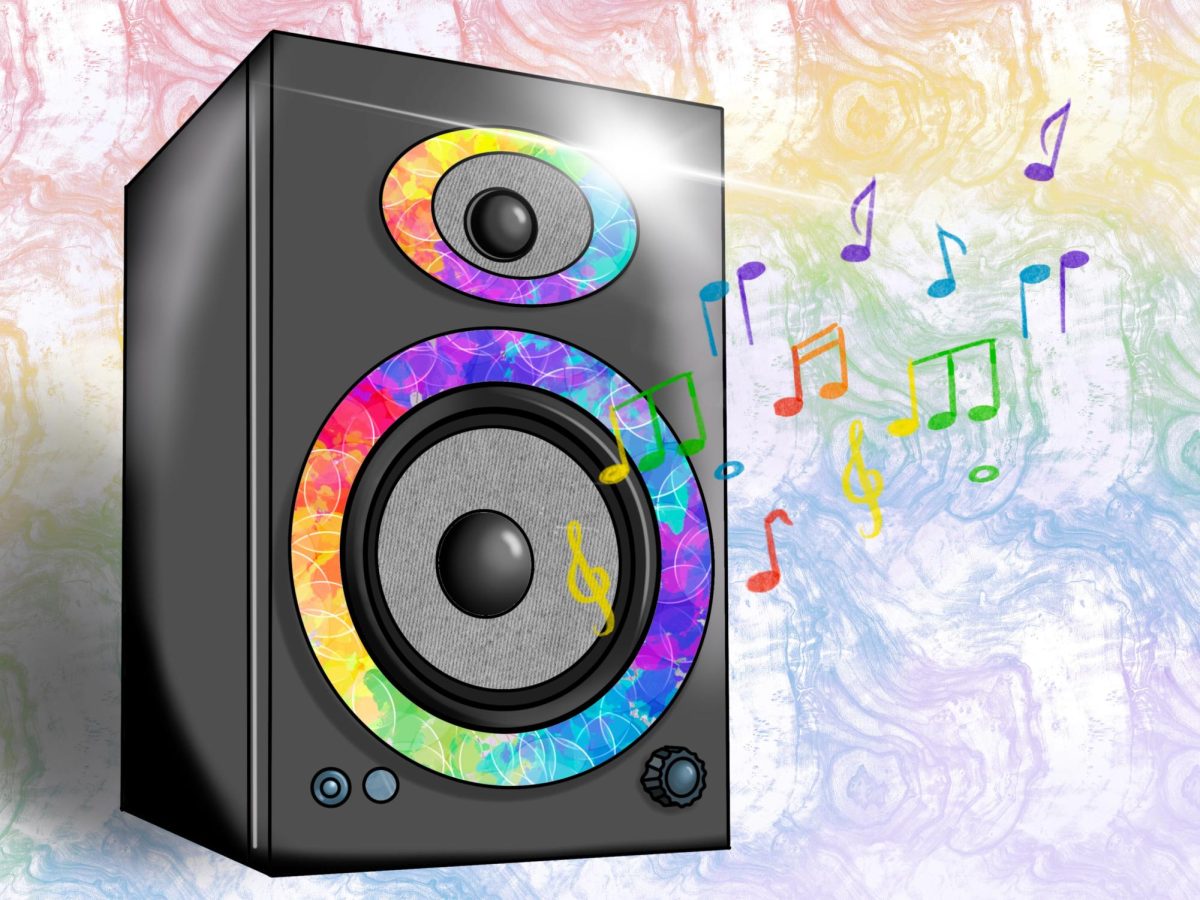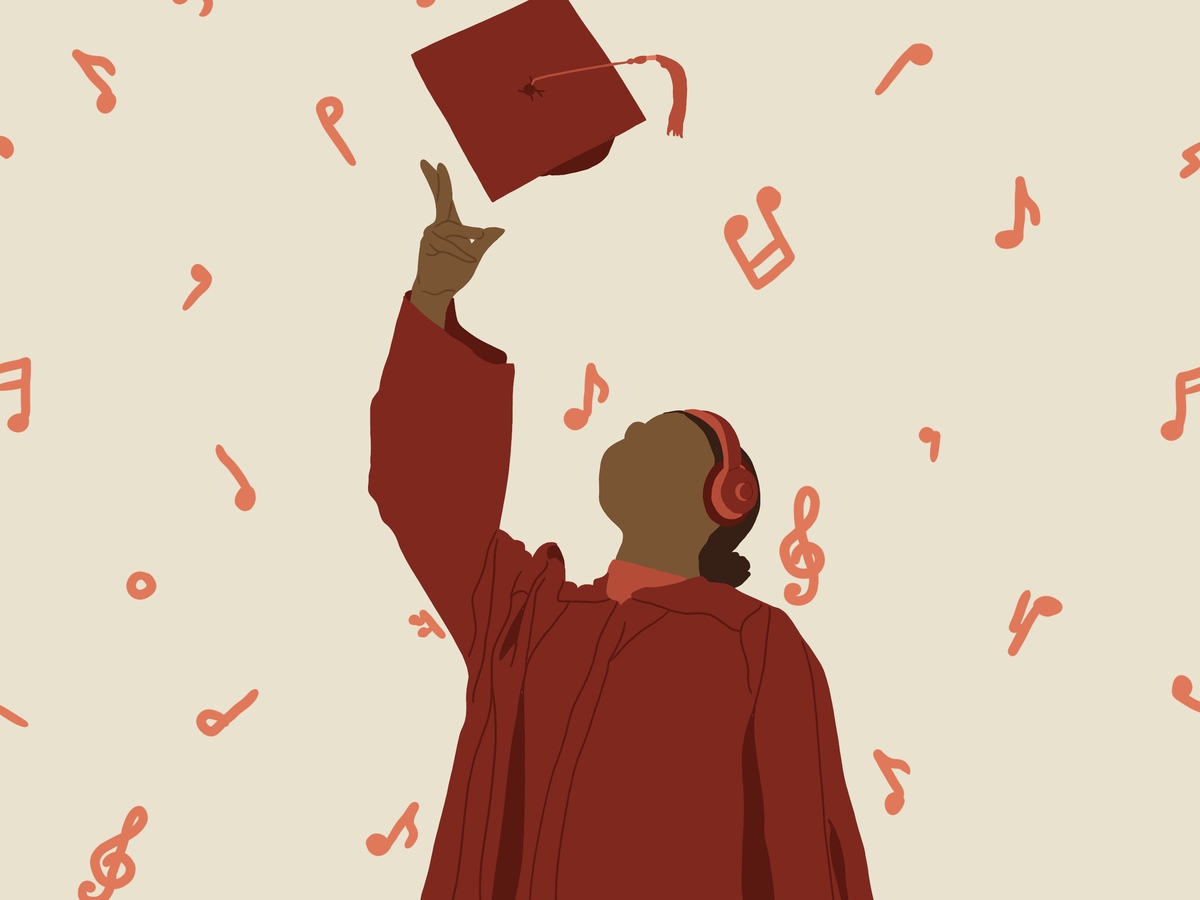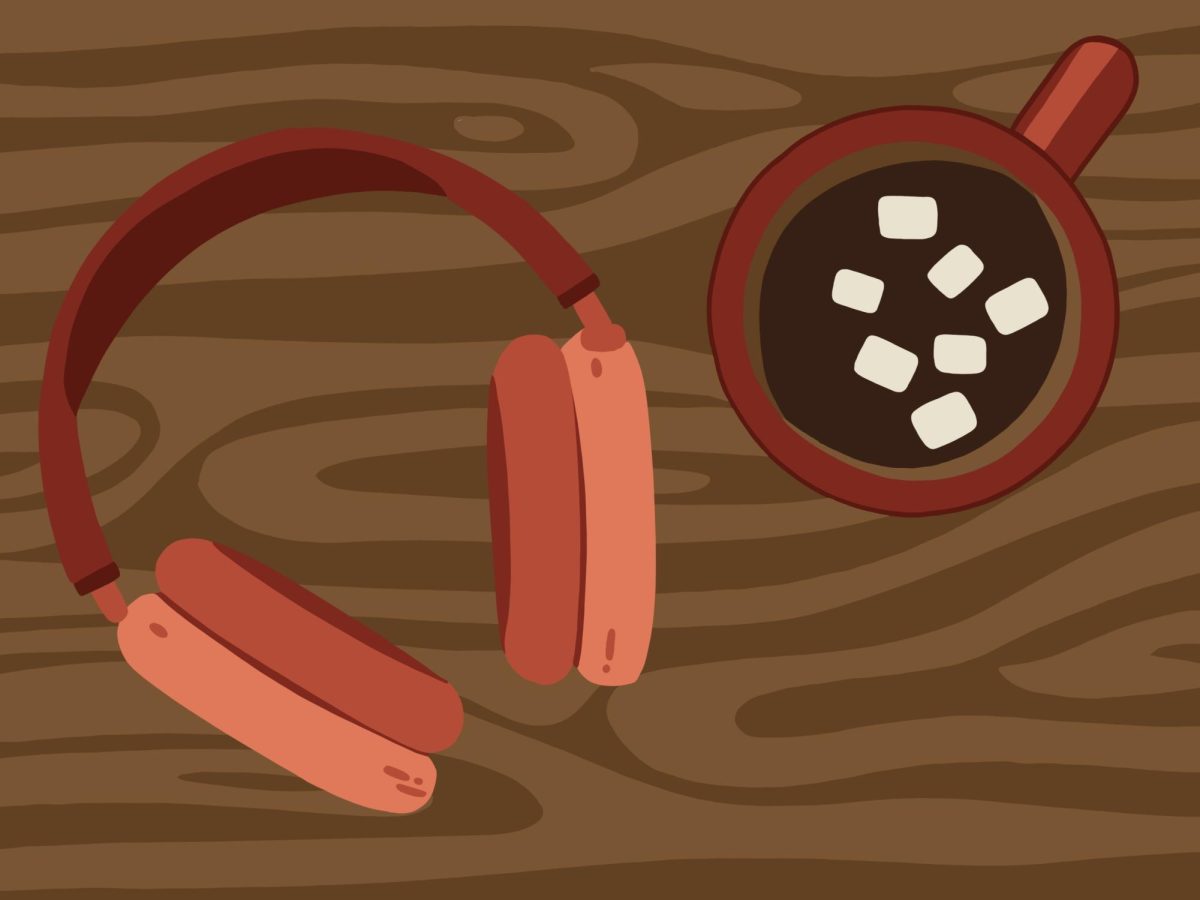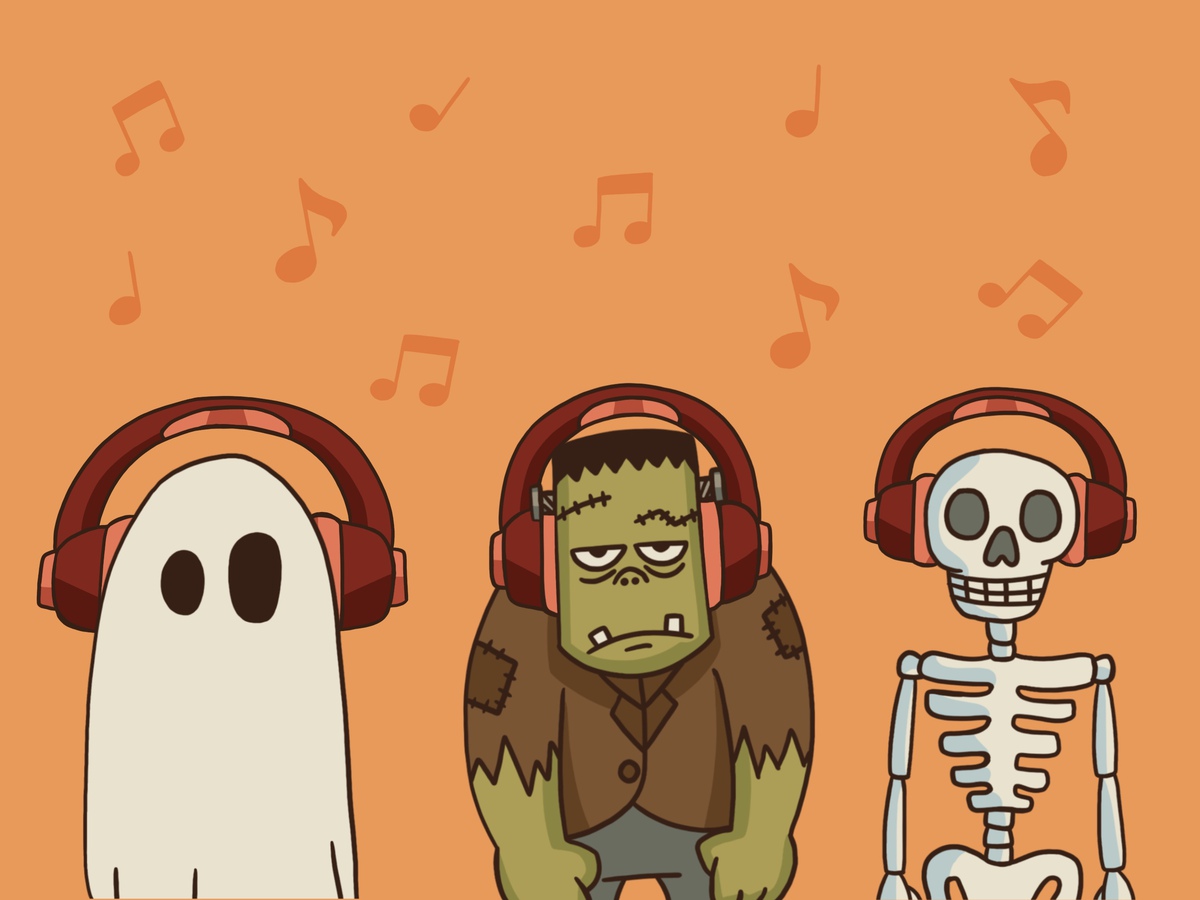No holiday is complete without its music. Decorations, traditions, and good food — these are all contributors, but a good soundtrack to the season is what brings the spirit.
And though classics like “Monster Mash” and “Thriller” are essential to the spooky season, they’ve become overplayed over the years. With Halloween just two days away, find something new in the old with this collection of songs from the 1960’s to the 1980’s.
“Superstition” — Stevie Wonder
Hold your breath as you pass a graveyard, or you’ll be possessed. Don’t whistle at night — you’re asking for supernatural trouble. Death comes in threes. And everything you can think of is bad luck: black cats, spilling salt, breaking mirrors, walking under a ladder, turning a horseshoe upside down, even opening an umbrella indoors.
Sometimes, the most sinister things are the most common. Superstitions — these sayings, traditions, and taboos are passed down through generation after generation. Over a rolling guitar and a steady snare, Stevie Wonder argues it’s our belief in superstitions that gives them power — that by practicing and spreading them, we make them real.
“When you believe in things that you don’t understand / Then you suffer / Superstition ain’t the way”
“Werewolves of London” — Warren Zevon
People have always been fascinated by the struggle of man versus beast, the question of what makes the difference between humans and animals. It’s no surprise, then, that the werewolf — half man, half monster — captures the imagination so well.
From more horror-centered films like “The Wolf Man” (1924) to dramatic, youthful media like “Teen Wolf” and “Twilight,” the werewolf has, to varying degrees, been often romanticized in pop culture.
Werewolves of medieval folklore, on the other hand, aren’t to be taken as lightly. In early tales, they were “skin-changers,” cursed to isolation from both worlds. Later, they became malevolent, shape-shifting warlocks and were considered a kind of witch. Across every story, however, one thing is consistent about these lupine demons: they’re violent, often maiming humans and killing livestock.
Needless to say, the classic werewolf would rather devour ‘Loca’ than ask where she’s been.
Warren Zevon’s werewolf is a little more modern, more acclimatized to human life — but he didn’t lose his taste for blood. Even so, Zevon sings about the werewolf so casually as to be comical, mocking his howls.
“You better stay away from him / He’ll rip your lungs out, Jim / Huh, I’d like to meet his tailor / Ah-hoo, werewolves of London”
“Season of the Witch” — Donovan
Though it’s the most common depiction of witches in Halloween decorations, the image of a green woman flying through the night sky on a broom is only the most modern one. Historically, the idea of witchcraft and those who practice it often had deadly consequences for those accused.
For centuries, the fear of witches was one that affected everyone involved — those who feared being targeted by witchcraft, and those who feared allegations of it. Driven by mass paranoia, simply saying the wrong thing or looking the wrong way could get you burned at the stake, hanged, or drowned.
With its languid, wailing vocals and ominous metaphors, “Season of the Witch” paints the picture of a cultural witch hunt — a pervasive sense of disaster to come, of always feeling the need to look over your shoulder.
“The rabbits runnin’ in the ditch / Beatniks are out to make it rich / Oh no, must be the season of the witch”
“Psycho Killer” — Talking Heads
Of all Halloween monsters, the slasher is one of the only ones that is proven to exist time and time again. Movies are made about them, TV shows released, but it doesn’t change the fact that “Psycho Killers” are real, and they often blend in well with their peers.
That fact, to me, makes them the scariest. Rather than a ghost, demon, or other supernatural creature, they’re humans who make a sinister hobby of murder.
This song’s punchy staccato expresses the barely controlled aggression of the kind of killer it describes, the words sung with a force that is almost anxiety-inducing. It’s perfect to set the mood on edge.
“I can’t sleep, ’cause my bed’s on fire / Don’t touch me, I’m a real live wire / Psycho killer, qu’est-ce que c’est?”
Weird Science — Oingo Boingo
When you think of a Halloween monster, a lumbering green giant is sure to be close to the top of the list. With his stitches, bolts, and menacing groans, Frankenstein makes an effective picture of primal fear — brute force and animalistic impulse in a massive, intimidating form.
But the original, Mary Shelley’s 1818 novel “Frankenstein,” is very different. The creature we know today as Frankenstein, in the book, was never given a name. Cast aside by his creator, Victor Frankenstein, the creature is very much alive, intelligent, and independent, and spends the rest of the story exacting revenge.
Shelley’s novel, hailed as a pioneering work of the science fiction genre, discusses what it means to be alive, and further, what it means to be human. “Weird Science” replaces the original Gothic tone of the novel with a bouncy, funky instrumental and vocals, but it keeps the original question of the novel: What makes something alive? And if you can create life, should you?
“My creation, is it real? / It’s my creation, I do not know / No hesitation, no heart of gold / Just flesh and blood, I do not know”
“Vampire Girl” — Jonathan Richman
Since “Dracula” (1931), the idea of the vampire has swept hearts worldwide with iterations from “The Vampire Diaries” to “Twilight.” But Dracula wasn’t always portrayed with supernatural seduction, nor was he even all that attractive. Vampires as creatures of folklore were much more violent, varying from disease-ridden wraiths to blood-drinking undead — both in sharp contrast to the teen heartthrobs we associate them with.
And Dracula wasn’t even always male — one of the earliest pieces of vampire literature was “Carmilla,” by Joseph Sheridan Le Fanu, predating Bram Stoker’s “Dracula” by 25 years. A mysterious, sickly girl takes refuge in the castle of a noble and his lonely daughter, Laura. Women in the village begin to waste away and die, but Laura — who has taken ill herself — doesn’t realize the culprit until it’s nearly too late, drawn in by her guest’s ethereal beauty and silver tongue.
Jonathan Richman’s “Vampire Girl” expresses the same attraction — a penchant for edge in a woman, and perhaps a self-destructive love for danger.
“It’s the look in the eyes that’s gonna scare you to death / Vampire Girl, Vampire Girl / I get so intrigued when they look like a vampire girl”
“(Don’t Fear) The Reaper” — Blue Öyster Cult
At the root of all of these monsters is a fear of mortality. Werewolves, witches, vampires — all of them seem rather juvenile next to the Grim Reaper, the specter of death. It’s a simple human instinct to be afraid of the finality of life.
But “(Don’t Fear) The Reaper” embraces that idea, turning the reality of inevitable death into a song about how love can endure through change.
Rather than run from the end, Blue Öyster Cult elects to welcome change as it comes with love and cowbells.
“Seasons don’t fear the Reaper / Nor do the wind, the sun, or the rain / Come on, baby (Don’t fear the Reaper)”
Whether you’re going trick-or-treating, partying, or just staying in to watch scary movies and hand out candy, be safe and have fun this Halloween.


